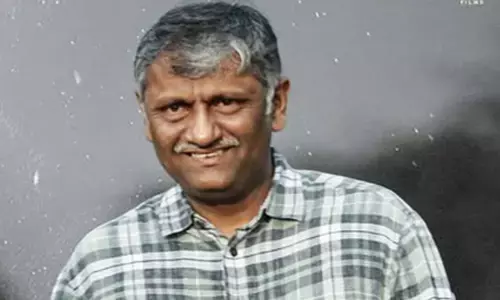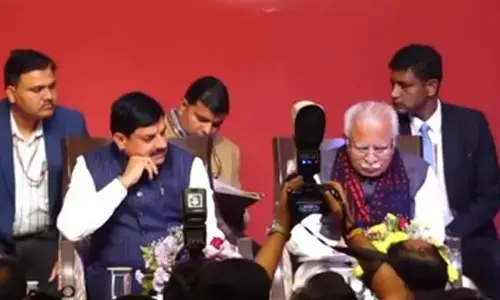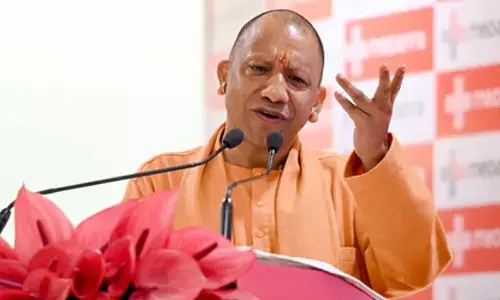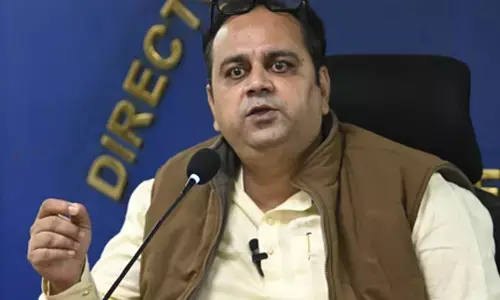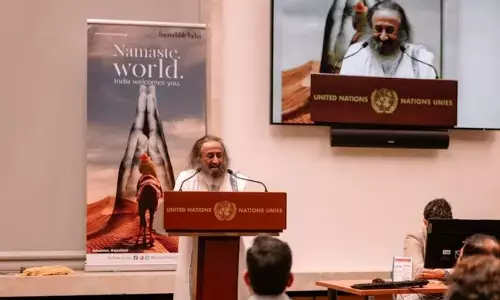How does ‘Om’ Denote God?
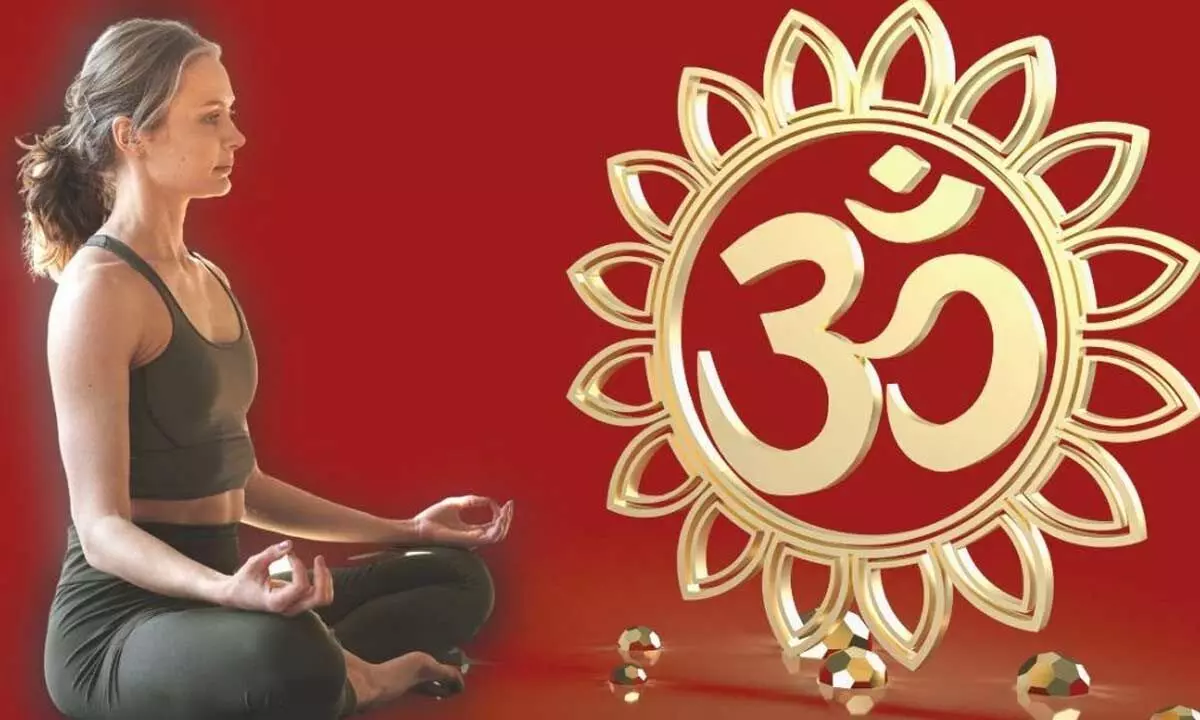
How does ‘Om’ Denote God?
Elementary science tells us that g denotes gravity, m denotes mass, v denotes velocity and so on.
Elementary science tells us that g denotes gravity, m denotes mass, v denotes velocity and so on. Here the scientists have taken the first letter of the word and denoted the word which carries a specific meaning in science. Is this method possible in the case of God? Can we take G (in caps) and say that it denotes God? We find that Om is not derived in that way.
The syllable Om is said to represent God. It is not merely a symbol, but it gives the meaning of what is God. We all agree that God is an entity who/which existed in the past, exists now and will exist in future. Hence, we say He is beyond time. He is the source for creation in the past, present and future. He is the sum total of all experience, in waking, dream and sleep states of all beings (not only humans), past, present and future. He is the source of all intelligence, cognitions, or consciousness. How can we include all these ideas in one syllable?
The Mandukya Upanishad says that all that is past, present and future and also what is beyond time is Om, which denotes God, the Supreme Reality. It also explains how it is derived. This Supreme Reality is known as Brahman in Vedanta and is denoted by the pronoun It, because It is not male or female, or even a person but an impersonal entity – infinitely existing consciousness. Let us use the pronoun It to denote God/Brahman.
The syllable Om is a combination of three letters – a, u and m as we know. In any language, a+u becomes the sound o. It is a simple euphonic change like in nava+udaya is navodaya. In any language, anywhere in the world, the primary sound is a. A child, born in India or Africa or Australia cries aaa but not eee or ooo. All consonants in the Indian languages are formed by joining the letter a with the base sound. The sound m involves closing of lips, which shows the end of all verbal communication. In between, the letter u shows all the changes, the combinations of various letters which happen in between and goes on to create the great literature of Valmiki, Shakespeare or Kalidasa, the great scientific writings and all human confabulations and writings of all times.
If the three letters of Om represent the beginning, middle and end of all verbal communication of all beings, then, the syllable Om can be taken to represent the whole verbal expressions of all times. Again, it is suggested that all words denote objects or persons or ideas and hence we can take the syllable Om to represent the whole world of objects, people, and thoughts – past, present, and future.
Similarly, the experience of all beings is in three states – waking, dreaming, and deep sleep. On the above analogy, a denotes all experience (all interactions) during the waking state, u denotes the dream world, and m denotes the end of all interactions but mere happiness in the deep sleep. Again, on the same analogy, Om can be taken as denoting all human experience of all times.
The Upanishad says that Brahman is all this and beyond this. It is infinite consciousness, with no worldly trace in It, say the scriptures. If we merely visualize Its attributes through meditation as said above, it will make Brahman a supercomputer, with all data of all beings. The above meditation on Om is to help the seeker to meditate on the oneness of all beings and see all the beings as manifestation in one Reality, which is consciousness. The seeker must merge all worldly experience in the meditation of oneness and finally merge the final m sound into silence. Hence people do slight humming when they say Om and end it in silence. This is said to be the highest meditation.
The Gita also tells how the syllable is used in all rituals. The head priest says Om in the sense ‘so be it’, indicating approval when others recite mantras. This sanctifies the ritual.
(Writer is former DGP,
Andhra Pradesh)








